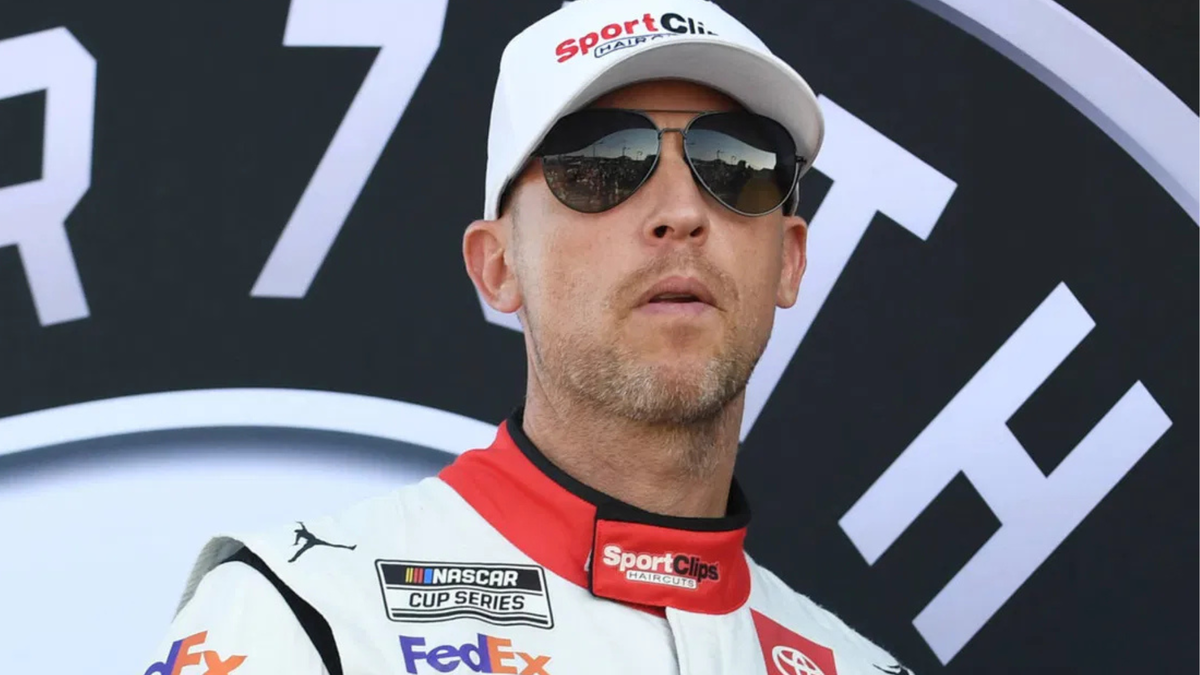
Imago
Denny Hamlin | Credits – IMAGO

Imago
Denny Hamlin | Credits – IMAGO
This season, Denny Hamlin’s biggest gamble isn’t on the track. Because he has a hold of his craft on these tracks, except for one type – the road courses. His last and only road course win came almost a decade ago at Watkins Glen, where he led only 10 of the 90 laps. And now, the very same road course became his playground, but this time, it wasn’t for a win.
Watch What’s Trending Now!
With four wins already this season, Hamlin’s 2025 campaign has been anything but a swan song. Sitting comfortably in playoff position and stockpiling valuable points, he’s reminded the field, and himself, that age hasn’t dulled his edge. At 44, his season reads like a greatest hits album, heavy on the classics. But while short tracks and ovals continue to be his kingdom, there’s another battlefield that became Hamlin’s latest proving ground, where he was open to experiment, not for points or trophies, but for something else entirely.
ADVERTISEMENT
Hamlin’s gamble at The Glen
For all of Hamlin’s success in 2025, road courses have not been his strongest suit, and Watkins Glen was no exception. Doing a post-race autopsy at his podcast, Actions Detrimental, Hamlin laid out his run at the Glen. He completed all 90 laps, but by his own admission, he wasn’t as quick as the frontrunners. But that wasn’t the point. This weekend wasn’t about chasing the checkered flag; it was about trial and error. As he put it, the new strategy is “a work in progress… just trying some different technique stuff. But I’ve got nothing to lose.”
Of course, Hamlin doesn’t have anything to lose. With William Byron essentially locking up the regular-season title, there was no realistic shot at catching him in points. And with Hamlin’s playoff berth secure, Watkins Glen became less about outcome and more about information gathering.
When asked why he’d risk experimenting in the middle of a season, he simply questioned – “Why does this race matter?… This is just one of those races that is a you know, it’s just it’s on our schedule and uh you know, we’re we’re likely not going to contend for a win. So, it’s, you know, yeah, trying to get the best finish you can, try to qualify as good as you can.”
ADVERTISEMENT
But his experimental approach cost him early. A mistake at the bus stop during qualifying left him starting 22nd, and a sluggish launch on the opening lap saw him swallowed up to 30th almost instantly. Passing was scarce for most of the afternoon, the field locked in position until the final ten laps, when tire wear started to shake things loose. With the regular-season title distant, Hamlin was free to experiment without peril. Which also takes us back to something he claimed recently, “If we can exclude the road courses, I believe I’m number one…” In other words, he knows exactly where his strengths lie, and Watkins Glen was never going to change that.
Hamlin’s strategy at Watkins Glen involved a combination of tire management and adjusted driving techniques. He noted, “This is one of the very few tracks that Goodyear’s got a great combination for this track. We can have between two and three seconds of fall-off, depending on how far you choose to run.” This insight highlighted the importance of tire wear in the race’s dynamics. Hamlin observed that significant passing occurred late in the run, as drivers experienced tire degradation: “That’s why you saw Chase Elliott, Ty Gibbs, amongst other people that just dropped like a rock at the end.” This observation pointed to the critical role of tire management in maintaining competitive positioning.
ADVERTISEMENT
Top Stories
NASCAR Legend Calls Out Kyle Busch’s Lies Years After Controversial Incident

Chaotic Brawl Breaks Out at Tulsa Shootout After Teen Flips Off Rival Driver
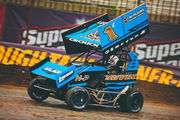
Can Greg Biffle Get an Honorary Induction in NASCAR’s Hall of Fame 2026 After Plane Crash Tragedy?
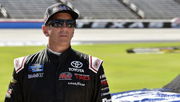
Ex-FOX Announcer Slams Broadcasters for Ruining NASCAR Victory Lane, Calls for Return to Tradition
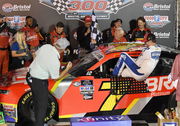
Cup Legend to Step Down From His Role as NASCAR Organization Names New Executive Leader
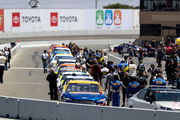
Denny Hamlin backs fans as Next Gen cars disappoint again
The Next Gen car is rapidly approaching a critical tipping point in NASCAR, drawing increasing ire from both fans and drivers alike. Denny Hamlin voiced his concerns, stating, “I believe that the Next Gen car is reaching hate levels of the COT with the wing. From fans, and I think they’re starting to dislike this car as much as the drivers that have to drive it.” This candid assessment echoes the backlash faced during the 2007 rollout of the Car of Tomorrow, where aerodynamic issues caused aero push that stifled passing and diminished racing excitement.
The divide among fans became painfully clear following Jeff Gluck’s provocative social-media poll asking, “Was Watkins Glen a good race?” A staggering 72.1% responded “No,” signaling widespread dissatisfaction with the race’s quality under the current car formula. Many viewers criticized the Next Gen car’s tendency to equalize speeds, which in turn leads to processional racing that lacks the thrilling, dynamic battles that define NASCAR’s appeal. Hamlin’s critique aligns with this sentiment, underscoring the urgent need for NASCAR to revisit the car’s design to restore the competitive edge and excitement fans crave.
ADVERTISEMENT
Denny Hamlin’s 2025 season reflects a veteran grappling with change, willing to experiment because, indeed, he’s got nothing to lose. His bold approach at Watkins Glen showed both the promise and the frustration of racing with the Next Gen car. As the season unfolds, Hamlin’s journey will surely be one to watch, the one that hopefully ends with a championship title.
ADVERTISEMENT
ADVERTISEMENT
ADVERTISEMENT

